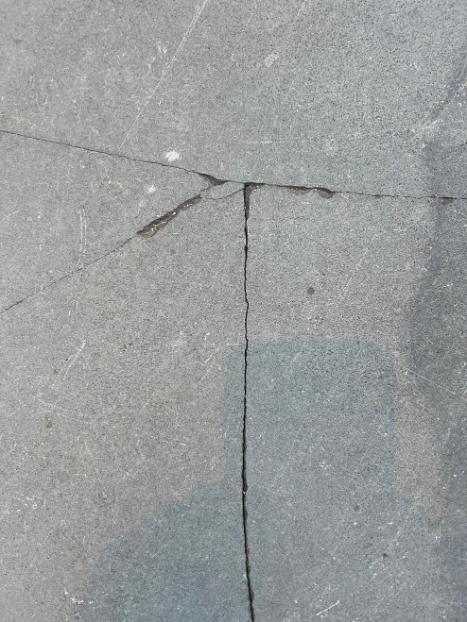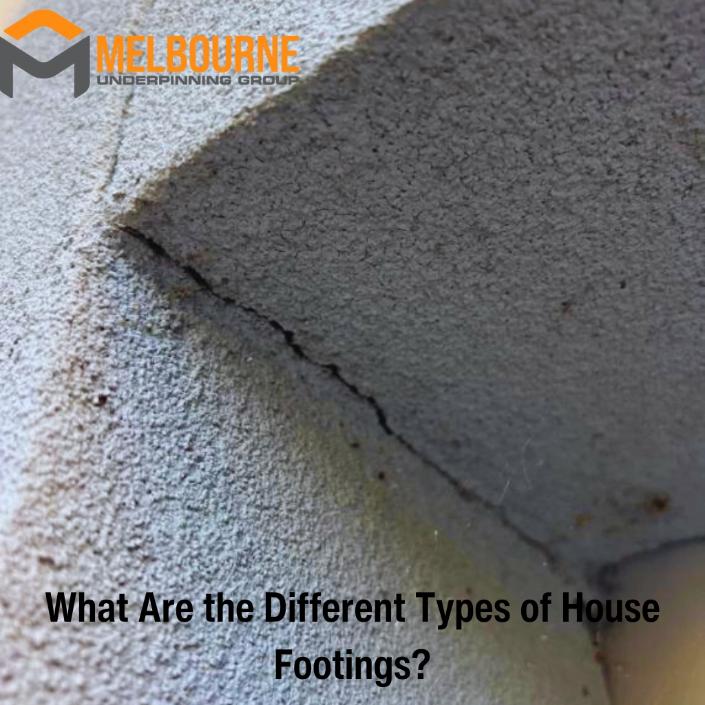The different types of house footings are strip footings, raft slab footings, pad footings, pile foundations, and screw piles. These footings provide a stable base for the structure as they distribute weight evenly and prevent shifting. Choosing the right type of footings for house construction ensures its long-term durability and safety.
In this blog, we’ll review the various house footings commonly used today, including the most commonly used foundations in Melbourne.
Screw Piles
Screw piles, also known as helical piles, are a type of deep foundation system characterised by their screw-like design. These piles are effectively driven into the ground using rotational movement, much like a screw into wood.
A key advantage of screw piles is their depth, which allows them to reach stable soil layers less affected by surface conditions, such as leaking water or seasonal moisture changes. This attribute makes them particularly suitable for areas prone to ground movement or waterlogging.
Screw piles are also notable for causing minimal disturbance to the surrounding soil during installation, making them an environmentally friendly option.

Strip Footings
Strip footings are a commonly used foundation type, particularly in residential constructions. They consist of a continuous strip of concrete placed beneath load-bearing walls. This type of footing is ideal for supporting the linear structures of a building, such as walls.
These footings are particularly effective in distributing a structure’s load over a larger area, which is crucial for buildings constructed on softer or less stable soils. The width and depth of these footings are tailored to the site’s specific load requirements and ground conditions. Many homeowners find strip footings a cost-effective solution for their needs.
Raft Slab Footings
Raft slab footings, also known as mat foundations, are a type of footing that provides a large, continuous area of support to the structure above. This foundation type is a thick, reinforced concrete slab that covers the entire footprint of the building. It is particularly useful in areas with weak or unstable soils, as it spreads the load over a large area, reducing the risk of differential settlement.
These footings are ideal for constructing basement foundations because they distribute the weight of a structure evenly over a large area. They’re also beneficial in reducing the impact of ground movement, making them ideal for areas prone to soil fluctuation.
Pad Footings
Pad footings are isolated footings used for supporting individual points of load, such as columns or piers. These are typically square or rectangular concrete blocks placed under structural points where the load is concentrated.
These footings are ideal for stable soils where the load is transferred directly downwards. They are commonly used in buildings where columns carry the structural load or when the building design includes large open spaces, requiring fewer but stronger load points.
Pile Foundations
Pile foundations are deep foundations used primarily in situations where the surface soils cannot support the loads imposed by a building. These foundations consist of long, slender columns typically made from steel, concrete, or wood, driven deep into the ground to reach more stable soil layers.
Such footings are essential in constructions on very soft or marshy ground or where the building load is exceptionally heavy. They work by transferring the load of the building to the more stable soil or rock layers deep below the surface. This method is particularly effective in preventing settlement or shifting of the structure, ensuring long-term stability.

